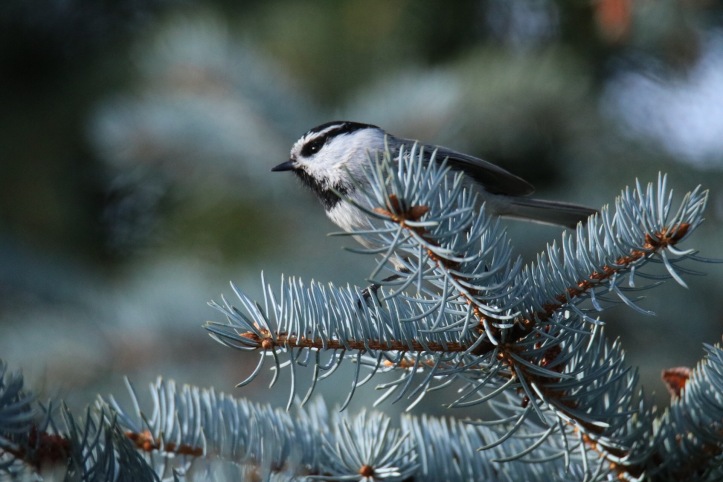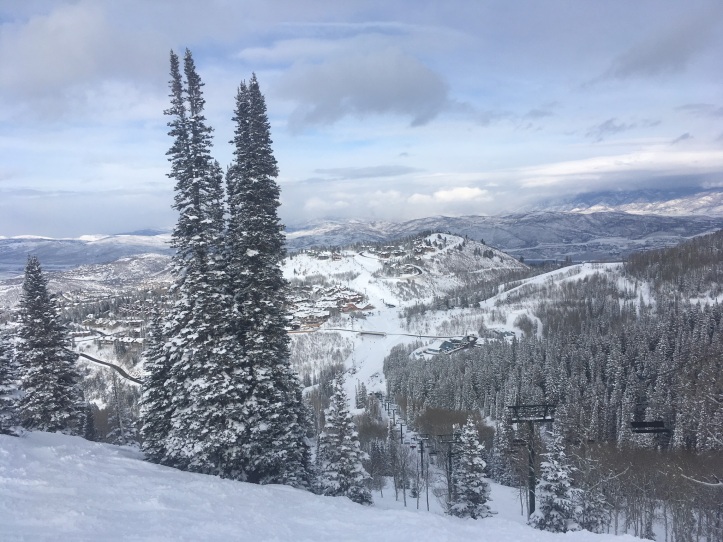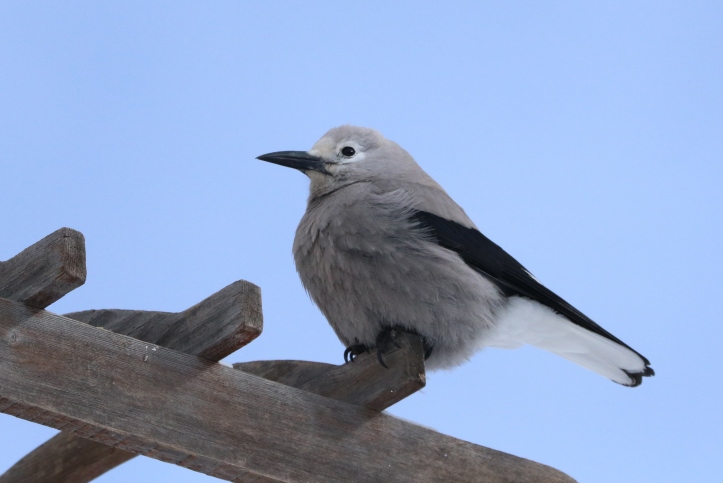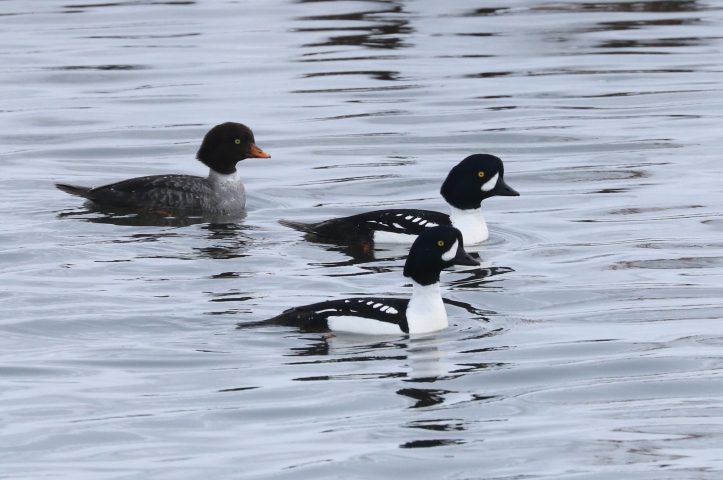This February I took a skiing trip to the mountains of Utah. I was excited to be back, having skied and birded the mountains during the previous two winters. My last trip had been highlighted by lekking Greater-sage Grouse and a Great-gray Owl. We had about 60 sage-grouse at the Henefer Lek, and the owl was a continuing rarity in the town of Morgan. For those who are unaware, the winter of 2016-2017 was an excellent year for Great-Gray Owls, with many individuals straying far south of their normal range. It would’ve been nice to get the sage-grouse again this year, but our time was limited. This meant I had to choose one target.


It wasn’t hard to decide, because I only had a few potential lifers in the region and one of them was the Black-Rosy Finch. Limited range, difficulty to find, extreme habitat, and striking pink and black plumage make this one of the most wanted birds in the region. The yellow bill and gray cap are icing on the cake. Needless to say, I wanted this bird.
We arrived in Salt Lake Thursday night and Skied at Deer Valley on Friday. I got a few year birds on the slopes, but nothing unusual. The harsh environments at high altitudes have low diversity, so only a handful of hardy bird species can be found there. A few species you can expect to find on the slopes are Mountain Chickadee, Red-Breasted Nuthatch, Common Raven, and Cassin’s Finch. If you get really lucky you may encounter Pine Grosbeak or Dusky Grouse, but these are much less abundant.


On Saturday we went birding in the mountains of Little Cottonwood Canyon and around Salt Lake City. Our first destination was Alta Ski Area, a world renound resort with stunning scenery. The Alta feeders are the most reliable location for Black Rosy-Finches in Utah, my main target. The drive was very scenic, with snowy peaks towering above us on both sides. There was also a good amount of snow on the ground, but luckily not enough to close the roads. We passed many avalanche warning signs, and as we got closer to Alta we could hear the detonations of avalanche control charges in the distance.
When we finally arrived I headed straight for the feeders, but there wasn’t a bird in sight. After a few minutes some Mountain Chickadees showed up, and shortly after a noisy flock of Clark’s Nutcrackers flew in. The nutcrackers took turns trying to eat suet, which was frozen solid. Soon after a pair of Steller’s Jays joined in, but still no rosy-finches. Despite the freezing cold I kept waiting, determined not to leave until I had gotten my target. Then, just as my fingers started to numb, a flock of Rosy-Finches descended into the snow-covered top of an Aspen. A quick look revealed about ten Gray-Crowned Rosy-Finches (Gray-Crowned subspecies) and one individual of the Hepburn’s subspecies. In the Hepburn’s subspecies the gray extends well below the eye, with gray in the auriculars and malar area as well as the crown. The flock was hesitant to come to the feeders, so I kept checking to see if a Black Rosy-Finch had joined in. This paid off, and soon enough I found a Black Rosy-Finch that had joined the flock.

Black Rosy-Finch

Clark’s Nutcracker

Gray-Crowned Rosy-Finch (Hepburn’s)
The Rosy-Finches stuck around for a while, and cautiously approached the feeders. Eventually they were all feeding together, which allowed me to get closer and see them in better light. They were gorgeous, especially the Black-Rosy Finch. At one point a curious gray-crowned foraged in the snow at my feet, providing amazing views. It was great to spend time with these incredible birds, and I couldn’t have asked for better looks.



Eventually the flock moved on and was replaced by a group of Pine Siskins, so I went into the lodge to thaw out. It was all very fancy, with elegant furniture and wood-burning fireplaces. I didn’t spend long inside because I wasn’t really supposed to be there, but now I know why this prestigious establishment has been voted one of the best ski resorts in the world. I checked the feeders again on the way out before we began the drive back down.
A quick stop in Salt Lake City yielded several year birds, highlighted by great views of Barrow’s Goldeneyes. There were several males and females, as well as many Common Goldeneyes. It was nice to compare these species at close range. We didn’t stay long because we had to get back into the mountains for some afternoon skiing.

Male and female Barrow’s Goldeneyes

Comparison shot of Barrow’s and Common Goldeneyes.
Our last day was spent skiing Park City, Utah’s biggest resort. We had some great runs, but the conditions were difficult and we were exhausted from the days before. Overall this was an excellent trip, with good skiing and even better birds. I look forward to going back next year.
Good birding,
Oscar W.